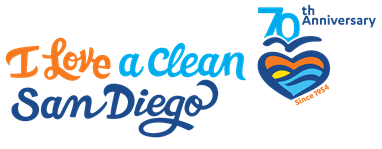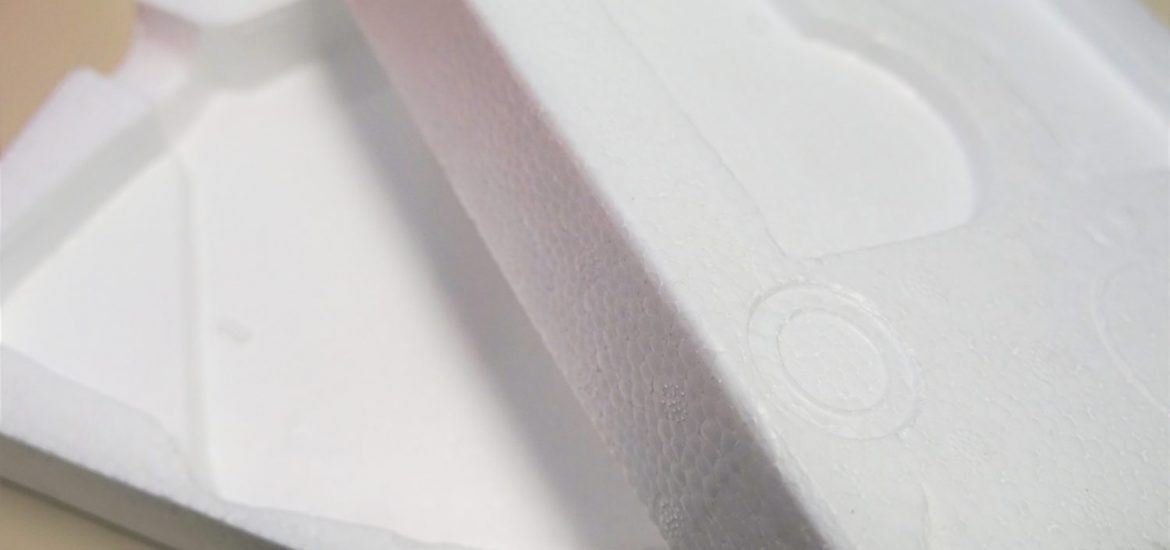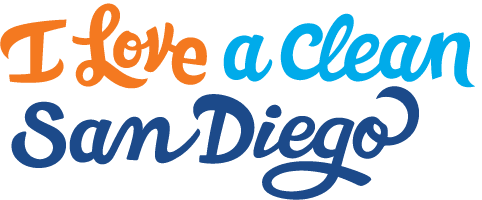As many of us at ILACSD know, one of the biggest barriers to getting folks to recycle is a lack of education on what is recyclable and how easy it can be! What might seem like constant changes to the items that can or cannot go into a blue bin often leave residents feeling a little confused. So today, let’s take a moment to talk about the right way to recycle an item that has had a few recent changes to it around the county…Polystyrene foam.
First off, what is polystyrene foam? Polystyrene foam materials are often (mistakenly) referred to as Styrofoam. Examples of foam include foam cups, food containers, egg or meat trays, as well as large molded blocks used to package electronics, such as TVs and computers. These foam materials are not only recyclable, but once they are properly processed, the material can be turned into other products such as decorative baseboards, picture frames, and pencils.
Foam Recycling by Territory:
City of San Diego:
Many communities throughout the region have been able to place some polystyrene material (block packaging) in recycling bins. As of July 1, 2017, Mayor Kevin Faulconer and the entire City Council voted to expand foam recycling capabilities to include all foam food and drink containers to be recycled in residential curbside recycling bins as well. This means that citizens in the City of San Diego that have residential curbside recycling can recycle – with ease and convenience – even more materials.

County of San Diego – Unincorporated Areas:
As of now, San Diego residents living in unincorporated areas can easily recycle the block foam from product packaging in their curbside recycling. Recycling foam food containers, cups, trays, etc. for unincorporated residents can vary depending on the waste hauler. Residents who are unsure can contact their specific hauler to confirm if they accept these items.
Solana Beach and Encinitas:
A few cities around the region have increased regulations for Polystyrene foam, but what does that mean for recycling? In Solana Beach and Encinitas, you won’t find Polystyrene foam to-go containers or cups around shops and restaurants, and waste haulers in these areas do not accept foam food service containers in curbside recycling. However, foam packaging blocks are still accepted in your blue bin in these cities.
Foam Recycling by Type:
Foam Cups and Food Service Containers:
Once you’ve confirmed that foam cup and food service containers are accepted in curbside blue bins where you live, recycling them is a breeze. Just like other recyclable food packaging, foam food containers just need to be wiped of food residue and can be placed on your curbside receptacle.

Foam Packaging Blocks:
Foam packaging blocks might be the easiest polystyrene product to recycle across the board. These foam blocks are accepted in curbside recycling bins throughout all of San Diego County!
Foam Packing Peanuts:
Packing peanuts can be made from a variety of materials and contaminate the recycled Polystyrene foam. Due to this fact, packing peanuts are not recyclable. The best way to divert foam packing peanuts from the landfill is to reuse them or donate them for reuse. Many local pack and ship stores gladly accept foam packing peanuts free of charge. Use the WasteFreeSD.org search bar to find a nearby shipping store to donate unwanted packing supplies.

Traditionally, there were just a few items that could be recycled curbside such as newspapers, aluminum cans, and some bottles. However, as a result of millions of dollars in R&D from manufacturers and innovative problem-solvers, today we are able to recycle more types of material than ever before. This is exciting as recycling is allowing us to reduce waste in our landfills that will benefit our children and future generations as we work to maintain our beautiful community.


